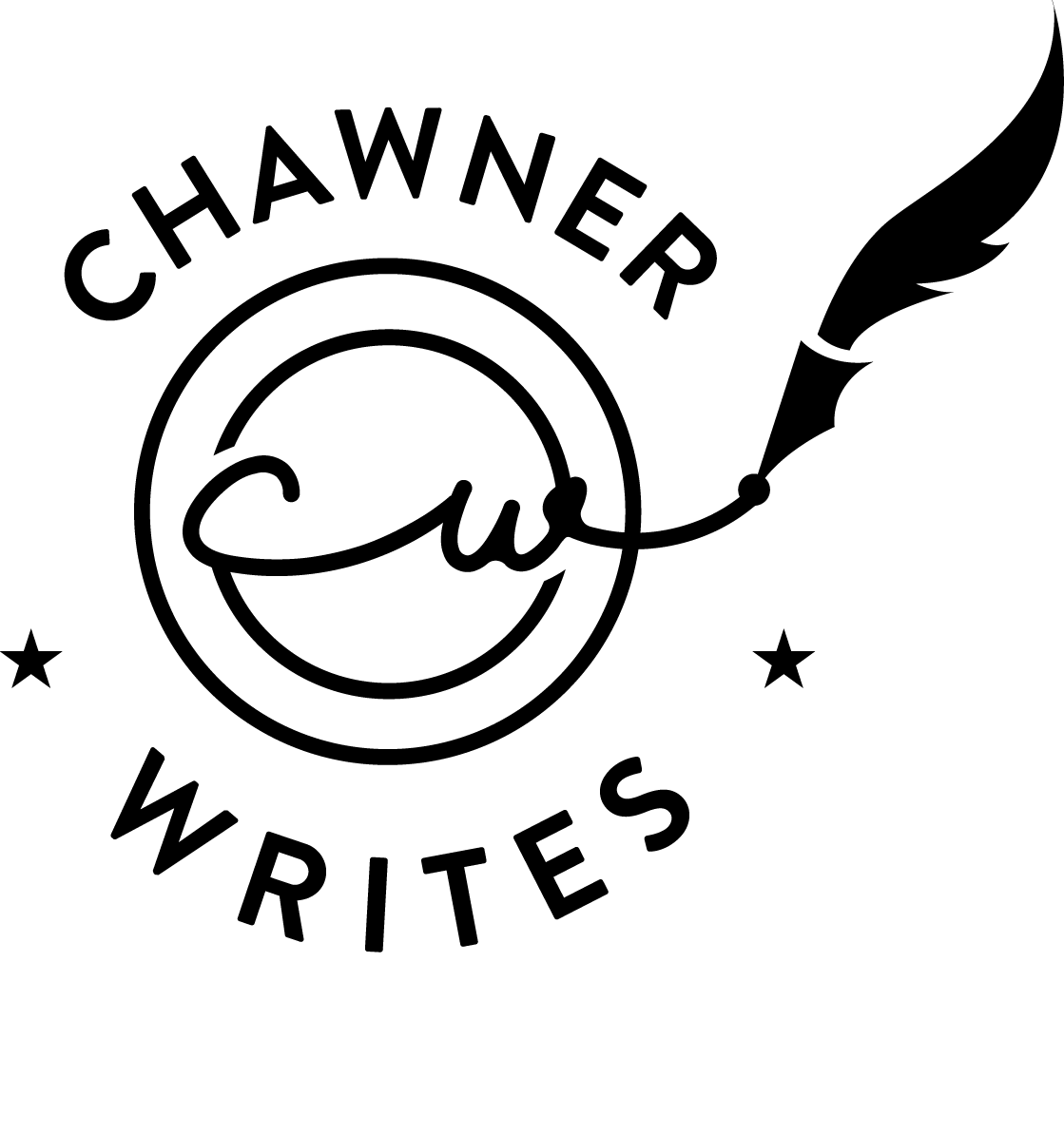
I rotate through favorite authors. Readers of this website notice I mention often certain authors. Murakami and Mitchell in current reading, Stephen King for writing advice, and Hugh Howey and Neil Gaiman in both categories. Lately I’ve read a lot of George Saunders, especially his amazing book A Swim in the Pond in the Rain. He created a follow-up Substack to continue teaching.
Saunders, both in the book and Story Time with George Saunders, takes a short piece of literature and breaks it down. Not in a what-is-the-deeper-meaning sense, but more concretely. Why did the author do this thing? What are the questions he’s asking? The book and the continuing course are for writers, but they really make better readers. I’m blissfully unaware of the subtle things an author will do, like re-use images, subtly create a mood or an impression. Or, at least I was. One of GS’s methods is to read each piece at least twice; the first time just pay attention to your reaction. When were you curious? Interested? Bored? Then re-read and notice why you had these reactions. I’m thoroughly enjoying this approach.
As I mentioned before, GS is a huge fan of the editing process. His instructions are specific; edit and notice the parts that don’t work, and keep re-working them. Maybe dozens of times. While editing, notice themes and deeper meaning of the piece. The themes or takeaways are up to the reader, of course, but having a sense of what you are trying to say gives the piece direction.
Another key are what GS describes as pulses.
Each segment of the story should lead to the next… something like the “And then.. or of course, this happened” approach.
The biggest lesson is his examination of how much consideration goes into the descriptions and setup of each scene. An excellent author doesn’t just describe a character as they see them in their mind. Each detail either reveals something about the character, foreshadows, or ties elements of the story together. For example,
Every time I read and work through the exercises in GS’s posts, I feel a little closer to where I want to be. It certainly has made me a better reader; now I ask, what is the question the story is asking? Why do I care? What is the intent of this scene? Is it needed? Is this detail needed? Does it push the story forward? Hopefully, my output will reflect these lessons.
